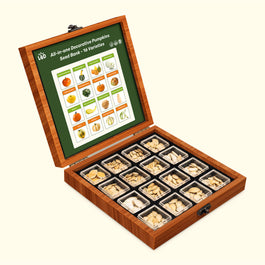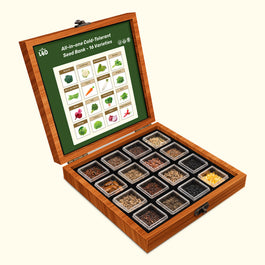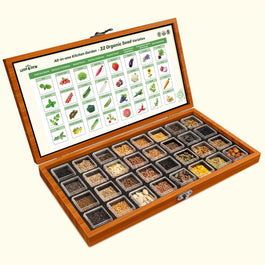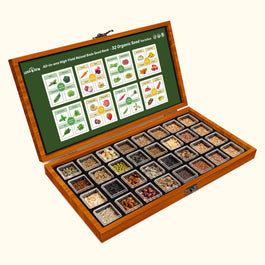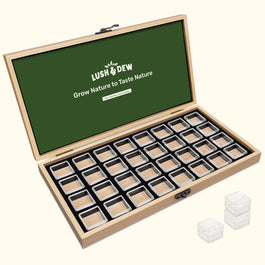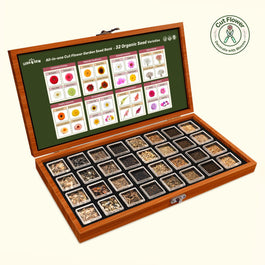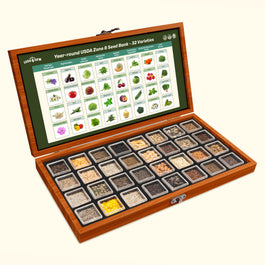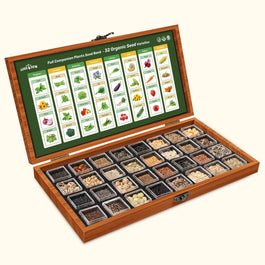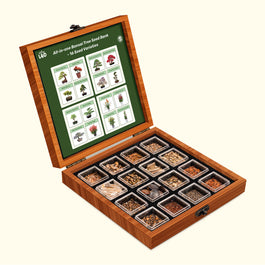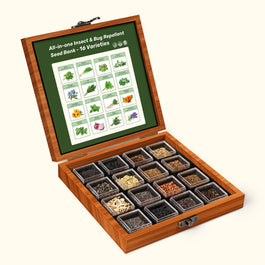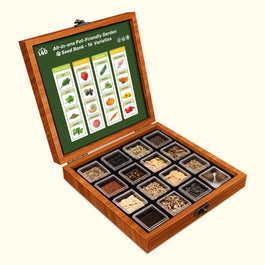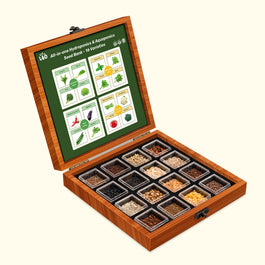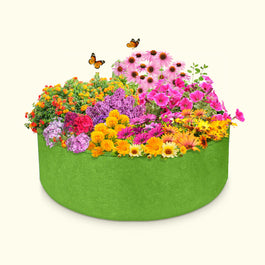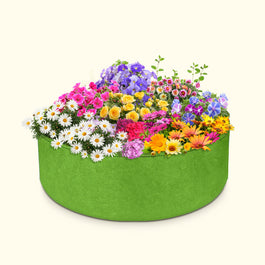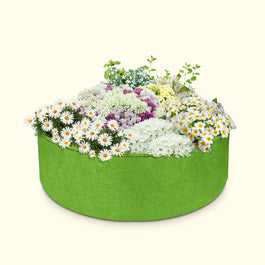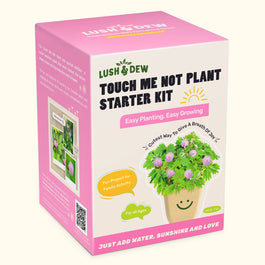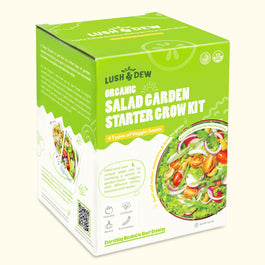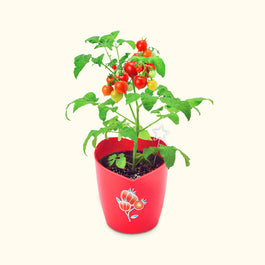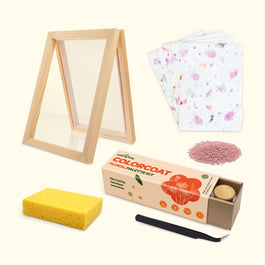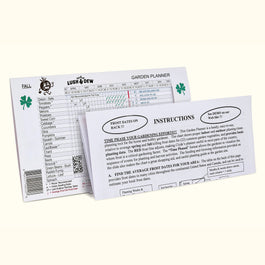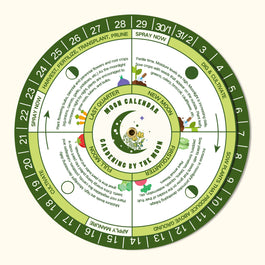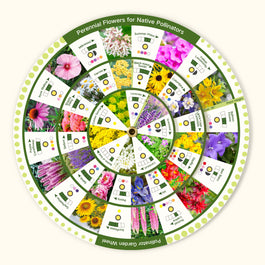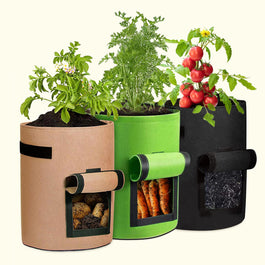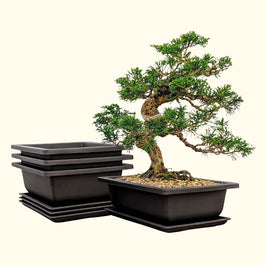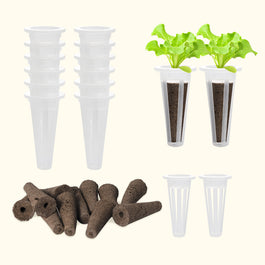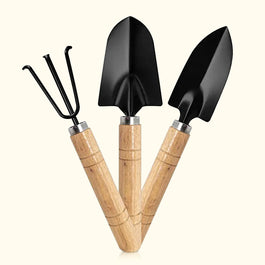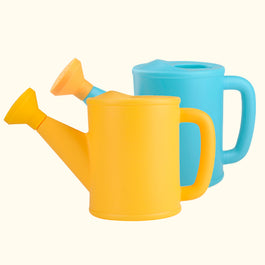
Categories
Gardening Instructions & Tips

Pests don't necessarily vanish just because summer is over. In fact, many pests are still active in fall. In this blog, we'll explore common fall garden pests, how to identify them, and effective strategies for managing them, so your garden can thrive well into the colder months.

Winter Harvest: Top 10 Cold-Hardy Vegetables to Plant in Fall
As temperatures drop, certain vegetables not only survive but thrive, offering a sweeter and more flavorful yield. By choosing the right crops and timing your planting well, you can enjoy fresh, homegrown produce throughout the colder months.
Read more

Fall Gardening for Beginners: Where to Start and What to Expect
Fall is one of the most rewarding times of the year to work in the garden. The air is crisp, the sun is gentle, and the burst of autumn colors adds a special magic to your outdoor space. If you're new to gardening, fall is an excellent time to start.
Read more

Pet-Friendly Herbs: Safe and Beneficial Plants for Your Pets and Garden
Discover pet-friendly herbs that are safe for your beloved pets. By incorporating these herbs into your garden or indoor herb collection, you can create a harmonious environment where your pets can explore safely while you enjoy the many benefits of homegrown herbs.
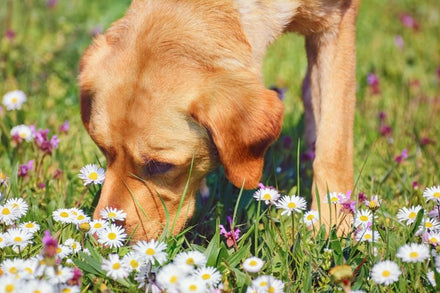
Pet-Friendly Gardening: 12 Pet-Safe Flowers for Your Garden
Create a stunning and safe garden for your pets with pet-friendly flowers. Learn how to select non-toxic plants and create a pet-friendly environment that ensures your furry friends can safely explore and enjoy your garden. Enjoy a vibrant, pet-friendly outdoor space that both you and your pets will love.

Pet-Friendly Gardening: Creating a Safe and Enjoyable Outdoor Space for Your Pets
In this comprehensive guide, we'll explore the steps to create a pet-friendly garden, including plant selection, garden design, and safety tips. Whether you have a playful dog, a curious cat, or any other pet, these tips will help you create a garden that both you and your pets can enjoy.
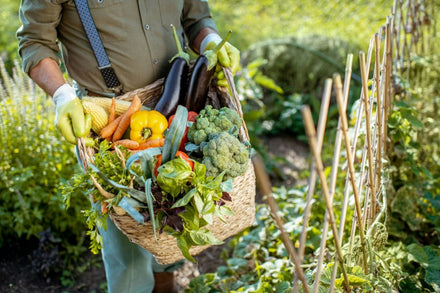
Best Summer Vegetables to Grow: Top Picks for Heat Tolerance and High Yields
Summer is the perfect season for gardening enthusiasts to enjoy the rewards of their labor. With longer days, ample sunshine, and warmer temperatures, many vegetables thrive in the summer heat, providing bountiful harvests.

Best Heat and Drought Tolerant Plants for Your Summer Garden
As summer temperatures rise, maintaining a lush and vibrant garden can become challenging, especially in regions prone to drought. However, selecting the right plants can make a significant difference. By choosing heat-tolerant and drought-resistant plants, you can ensure your garden remains beautiful and thriving even during the hottest months.
Read more

Starting a Garden from Scratch: Basics for New Gardeners
Gardening is a rewarding and fulfilling hobby that can provide fresh produce, beautiful flowers, and a sense of accomplishment. Whether you're a beginner or looking to refresh your knowledge, starting a garden involves several crucial steps.
Read more

Understanding Your Growing Zone: What You Need to Know
Gardening success largely depends on understanding the climate in which you are growing your plants. This comprehensive guide will help you understand what growing zones are, why they matter, and how to use this information to cultivate a successful garden.
Read more

How to Protect Your Garden from Summer Pests and Diseases
Summer brings warmth and abundant growth to gardens, but it also invites a host of pests and diseases that can wreak havoc on plants. As temperatures rise, so does the activity of various insects and pathogens Protecting your garden from these threats is crucial for maintaining its health and productivity.
Read more

Summer Garden Prep: Essential Tasks for a Thriving Garden
As the days grow longer and temperatures rise, it's time to prepare your garden for the summer season. Proper preparation ensures that your garden not only survives but thrives during the hot months ahead.
Read more




